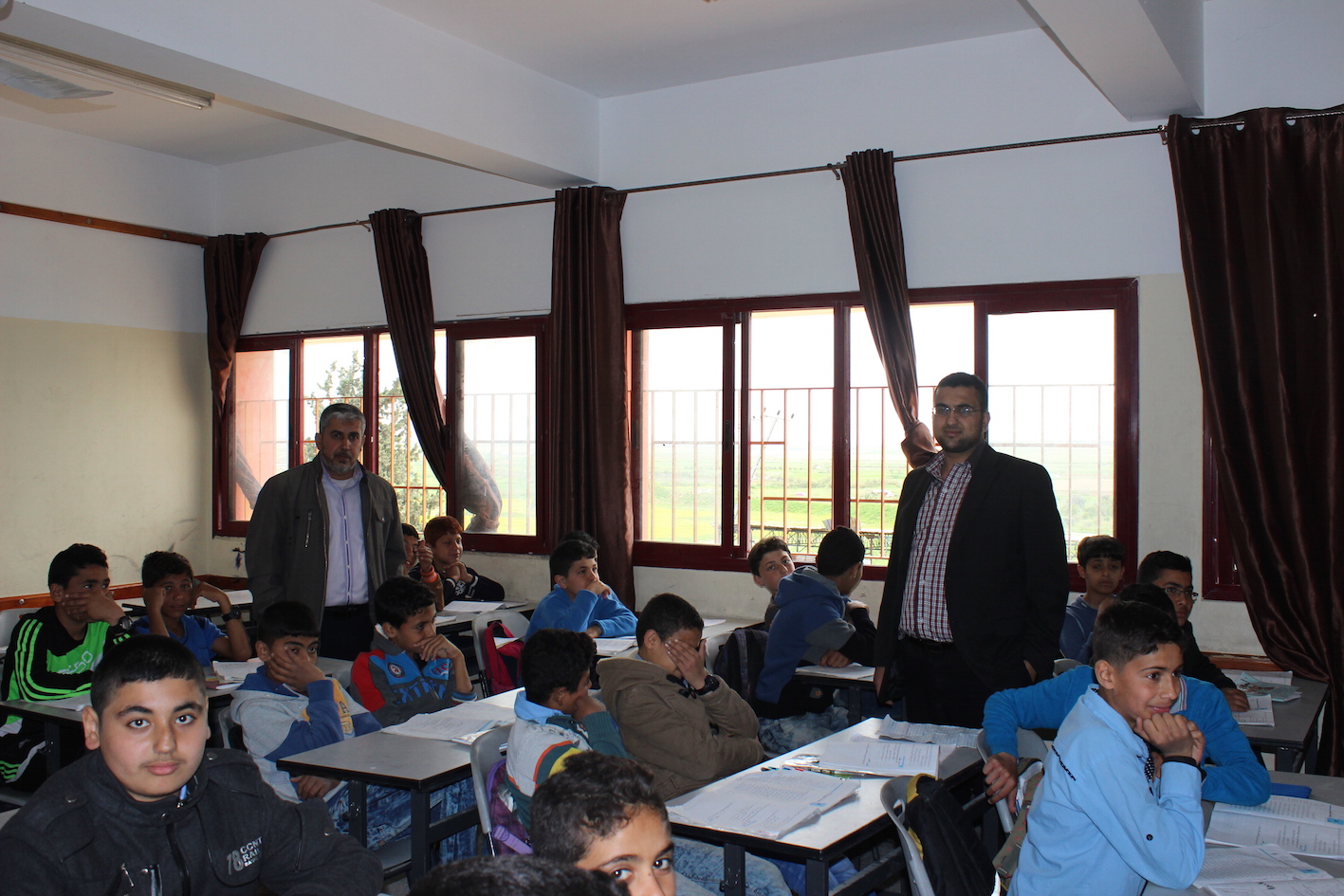Tag: Gaza children
-
Suffer the Children
I am still perpetually on the verge of crying or crying most of the time. Throughout my travels in Palestine, I have learned from the wisdom of children.
-
School shooting a near miss in Gaza
15th March 2016 | International Solidarity Movement, al-Khalil team | Gaza, occupied Palestine On the 2nd of March at 2pm, Israeli occupation forces fired into Beit Dajan School, located in Shijaia, near the annexation wall. Bilal Abu Asser was giving a lesson to his students when a bullet passed just next to his head. “Suddenly I…


